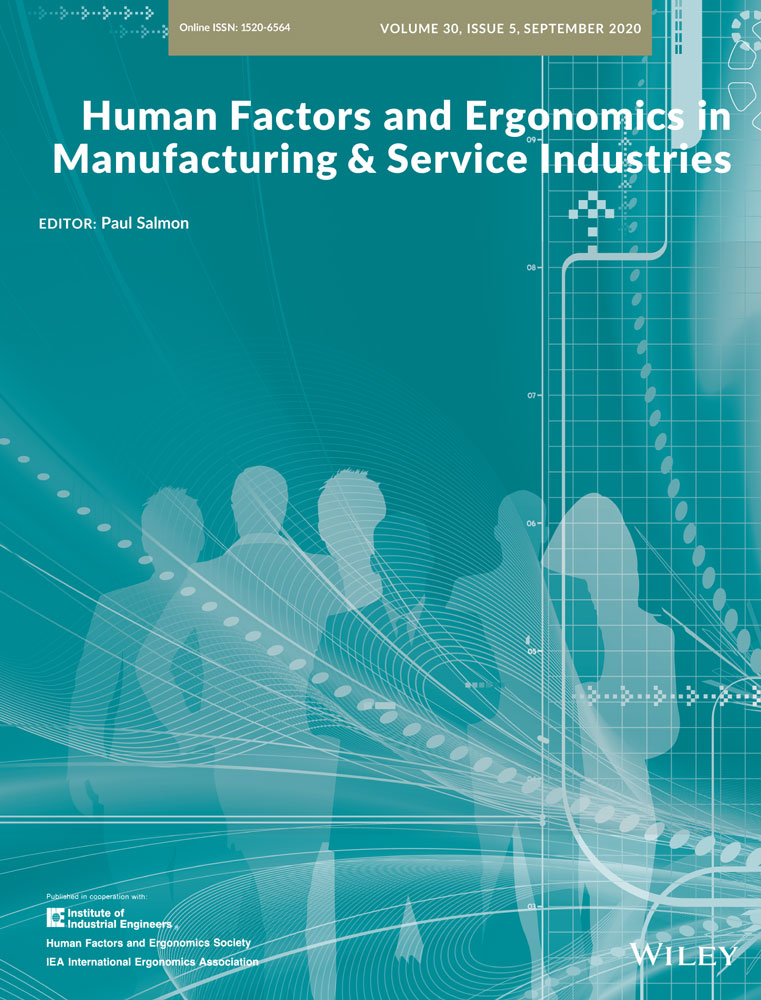Development of a statistical model to classify driving stress levels using galvanic skin responses
Abstract
Many studies have demonstrated the strong relationships between physiological responses and driving stress, but they have done little to build a model that could be used to identify a driver's stress accurately in real time. The objective of this study is to develop a model that accurately classifies driving stress by monitoring physiological responses—specifically galvanic skin response (GSR). GSR data were collected from nine drivers with licenses obtained in the US in real road driving situations with two stress conditions—rest period (low stress) and highway or city driving (high stress). The validation drive was performed by one driver with licenses obtained in South Korea in real long-term road driving situations with two stress conditions—rural area (low stress) and highway or highway under construction (high stress). Those two conditions were used to build a binary logistic regression model to classify low stress or high stress based on a driver's measured hand GSR. The overall classification accuracy of the developed model was found to be 85.3%, and the accuracy of cross validation, with a testing dataset, was found to be 83.2%. A simple logit model was developed to identify drivers' stress by incorporating their GSR data. The developed model can be embedded in a wearable device equipped with GSR sensors for drivers to detect their stress level in real time.




